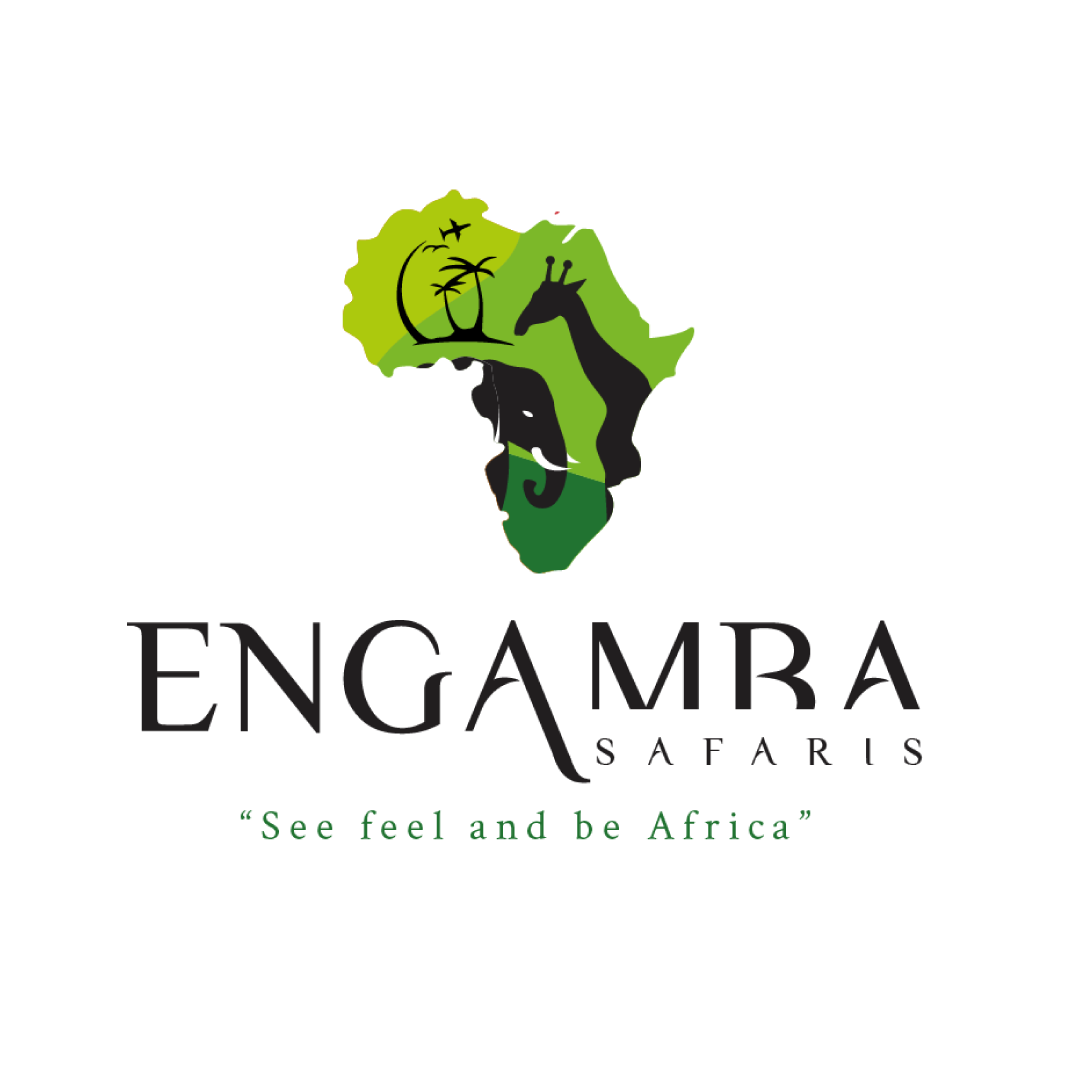

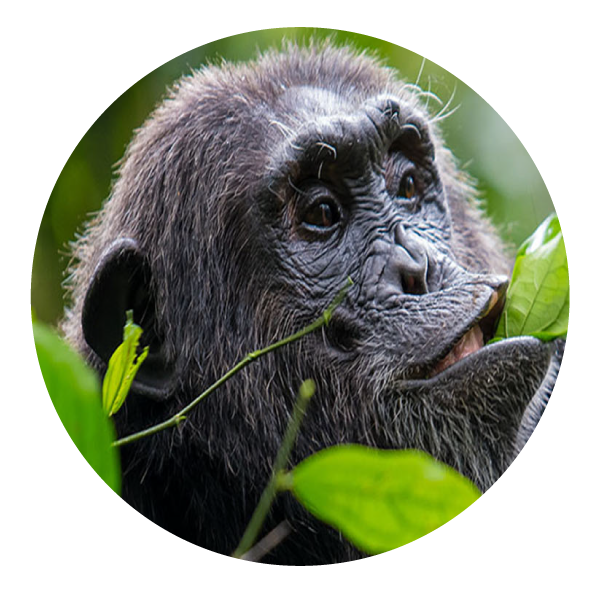
Mountain Gorilla

Golden Monkey

Birds
Size: 33.7km2, making it Uganda’s smallest National Park.
The park takes its name from “Gahinga” – the local word for the piles of volcanic stones cleared from farmland at the foot of the volcanoes.
The British administration declared the area a game sanctuary in 1930; it was gazetted as a National Park in 1991.
Mgahinga has one habituated transboundary gorilla group.
The Batwa were self-sufficient – and visitors can see how during a fascinating tour with a Batwa guide to learn the secrets of the forest.
Mgahinga Gorilla National Park sits high in the clouds, at an altitude of between 2,227m and 4,127m. As its name suggests, it was created to protect the rare mountain gorillas that inhabit its dense forests, and it is also an important habitat for the endangered golden monkey. As well as being important for wildlife, the park also has a huge cultural significance, in particular for the indigenous Batwa pygmies. This tribe of hunter-gatherers was the forest’s “first people”, and their ancient knowledge of its secrets remains unrivaled.
Mgahinga’s most striking features are its three conical, extinct volcanoes, part of the spectacular Virunga Range that lies along the border region of Uganda, Congo, and Rwanda. Mgahinga forms part of the much larger Virunga Conservation Area which includes adjacent parks in these countries. The volcanoes’ slopes contain various ecosystems and are biologically diverse, and their peaks provide a striking backdrop to this gorgeous scenery.
Mgahinga boasts of over 76 mammals which include elephants, giant forest hog, bush pigs,bush back. Buffalos, leopards, A bird checklist of over 180 species including the 14 endemic Albertine rift notably the Kivu ground thrush and turaco.

A gorilla tracking safari in Mgahinga Gorilla National Park is a lifetime dream for almost every traveler and has been dubbed by some as the best wildlife experience on earth. Coming face to face with mountain gorillas in their natural habitat, seeing the sheer might yet gentleness of the silverbacks and the playful nature of the juveniles and infants is an unforgettable experience. Gorilla treks begin at 8 AM every day with a briefing after which groups of a maximum of eight tourists trek into the mysterious jungle that protects close to half of the world’s surviving mountain gorillas. Led by our expert rangers and an experienced team of advance trackers, the trek can last anywhere from 1 hour to 8 hours depending on where the gorillas will be on a specific day. There is the opportunity to see several other fauna and flora species along the way climaxing in 60 incredible minutes in the company of one of our habituated mountain gorilla groups. All tourists on gorilla tracking safaris to Bwindi will need a gorilla permit. Read more about our booking guidelines and gorilla tracking rules.
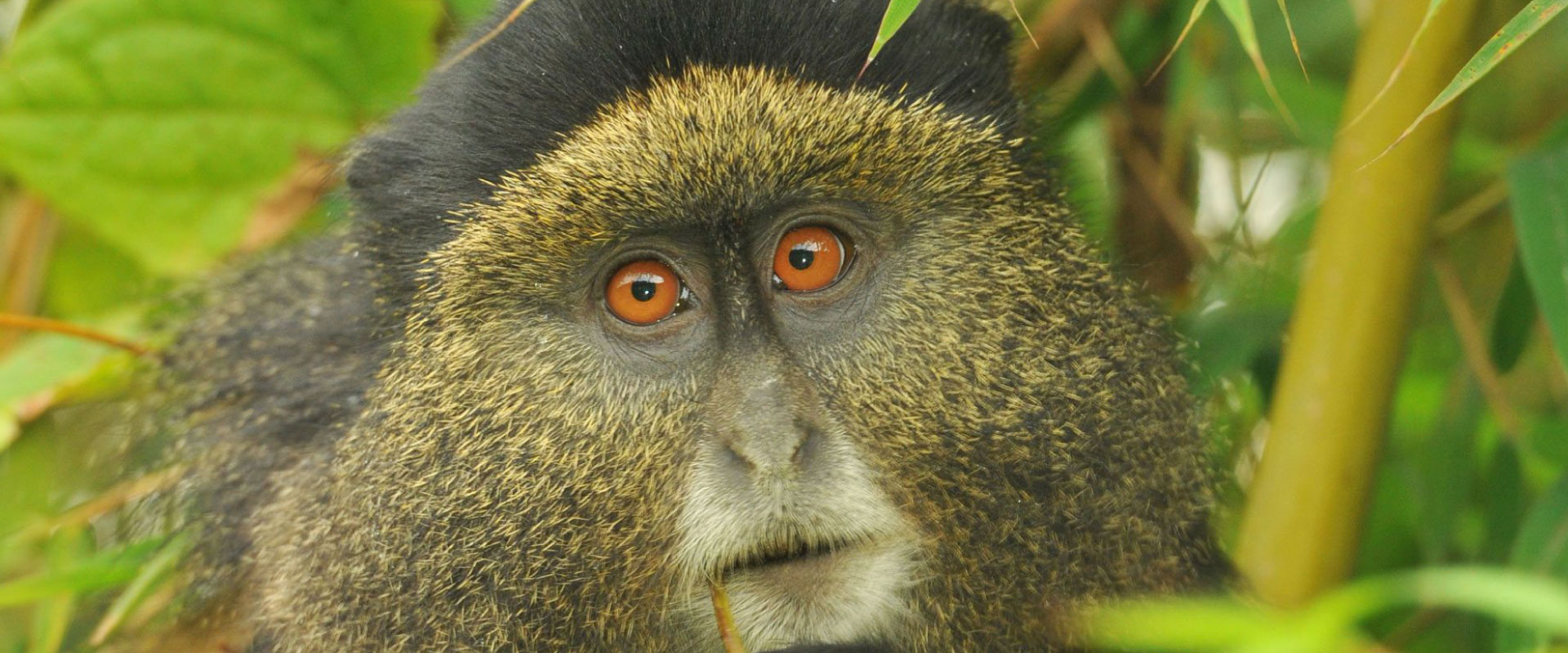
As the park tagline goes, Mgahinga is where gold meets silver and this is indeed seen in how silverbacks and golden monkeys share a close range of habitat. Golden monkeys are a unique species that is endemic to this part of the world. A community has been habituated to tourist visits and is joyous for tourists to see as they sing between the bamboo reeds while feeding, playing and nursing their young. Their restless nature can be quite challenging for the photographer newbie but after a few minutes of settling in, you should be able to capture some images to show family back home. Tourists on golden monkey tracking adventures also get a full hour with the animals.
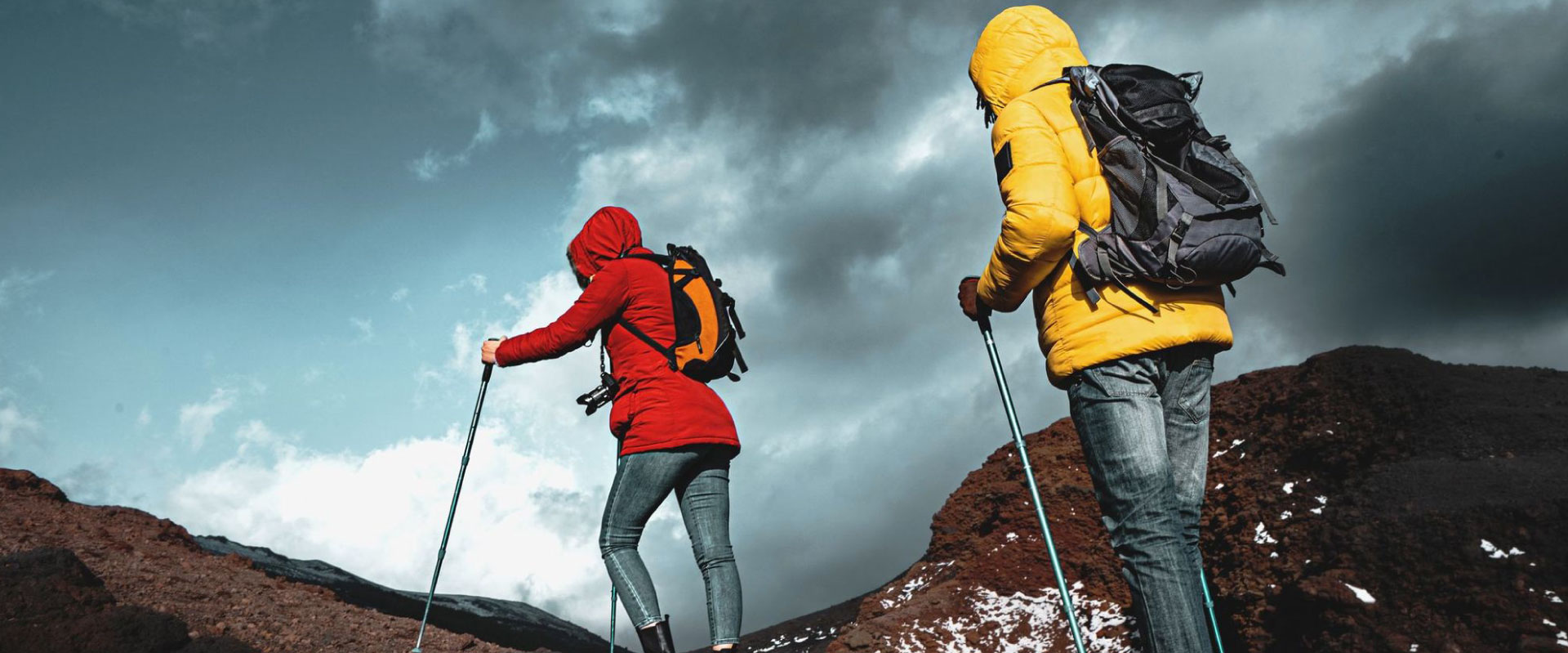
The park’s skyline is dominated by 3 extinct volcanic cones that are easy to see from miles away especially on clear days when the clouds aren’t covering them. These are Mt. Muhavura or Muhabura (4,127 m), Mt. Gahinga (3,474 m), and Mt. Sabyinyo (3,645 m) all offering unique and exciting hiking experiences. The three volcanoes are a continuation of the Virunga massif which extends into the neighboring countries of Rwanda and DR Congo. All hikes are accompanied by a team of UWA rangers and each of the three volcanoes can be summitted in one day, which makes these single-day hikes an excellent day addition to a gorilla tracking safari. Although Muhavura with its cater lake is the highest of the three, Mount. Sabyinyo proves to be the toughest and most famous. Tourists that reach Sabyinyo’s third peak will be able to stand in three countries at the same time without necessarily needing a visa.
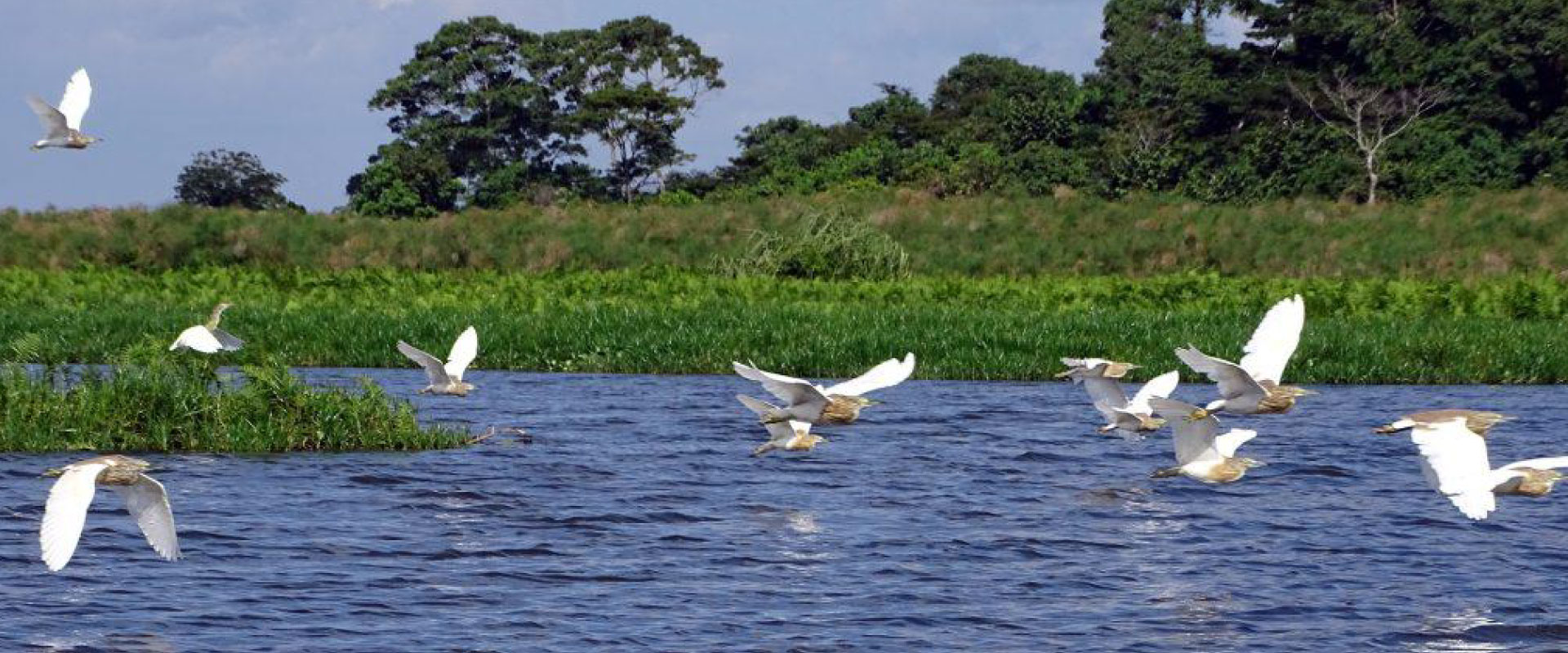
Mganinga is an excellent birding location with at least 12 Albertine endemics including the Blue-headed Sunbird, Regal Sunbird, Rwenzori batis, Handsome francolin, and Rwenzori Turaco. Other birds include the White-naped raven, Pin-tailed whydahs, the bronze sunbird, and the black-headed waxbill.
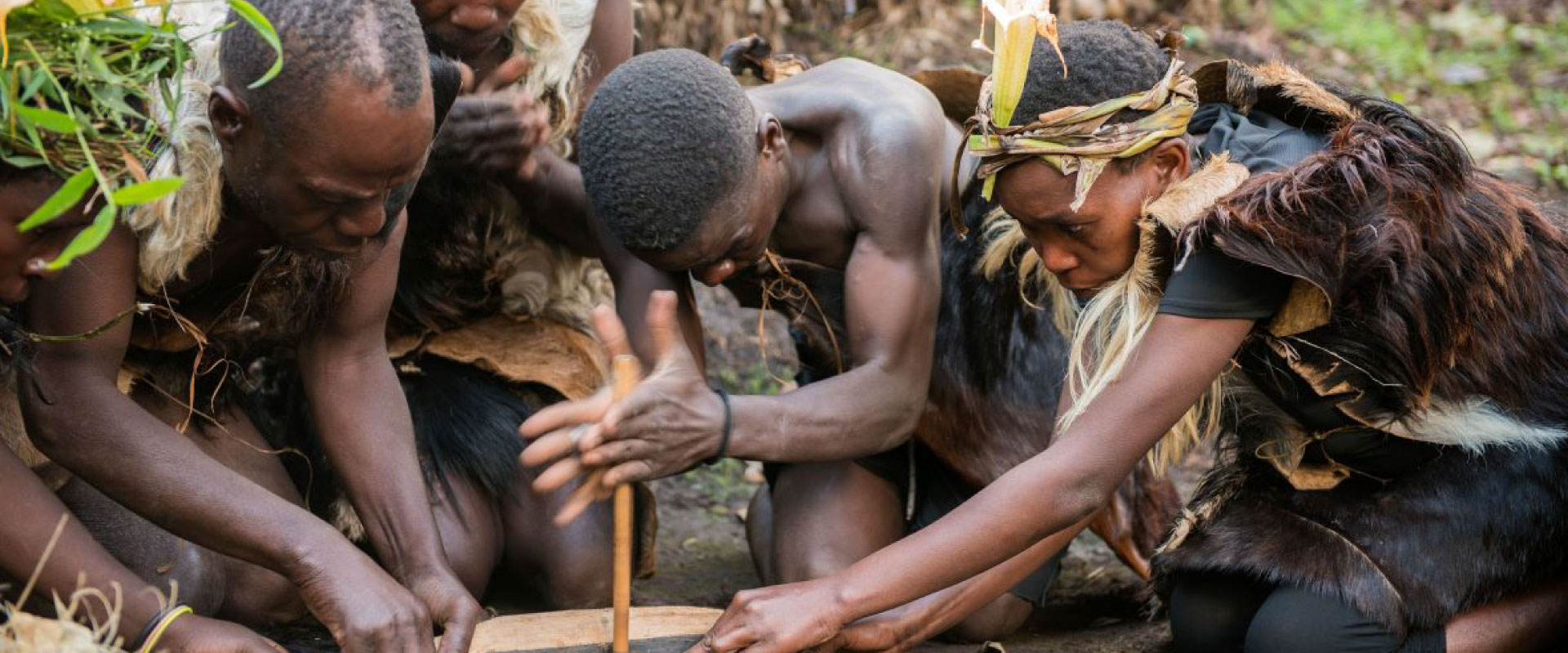
This journey down memory lane brings you closer to the lives of ancient forest hunter-gatherers, the Batwa pygmies who for thousands of years inhabited this area of the country and depended on this rich forest for their shelter, medicine, and food. Now that this area is a gazetted protected area, the Batwa have learned to alternative living, most notably by actively participating in tourism. The Batwa trail is a cultural experience led by Batwa guides who take you through the park to reveal to you some of the secrets of the forest that kept them going for millennia. The tour often climaxes in visiting the Garama cave and then some traditional music, an invitation to put on your dancing shoes and join in with the celebration. This activity can be booked in advance or directly on the ground at the park at least a day before.

Mgahinga offers a series of scenic nature walks, the most popular being the Sabyinyo Gorge walk which leads through the park’s incredible vegetation and landscape, and climaxes in one of the most stunning waterfalls. Along the way, tourists will most likely spot some of the park’s wildlife including chameleons, primates, giant earthworms, duikers, and bird species. Gorge walks are led by one of our rangers who explain the ecosystem.
Kisoro district
33.7km2
4,127m